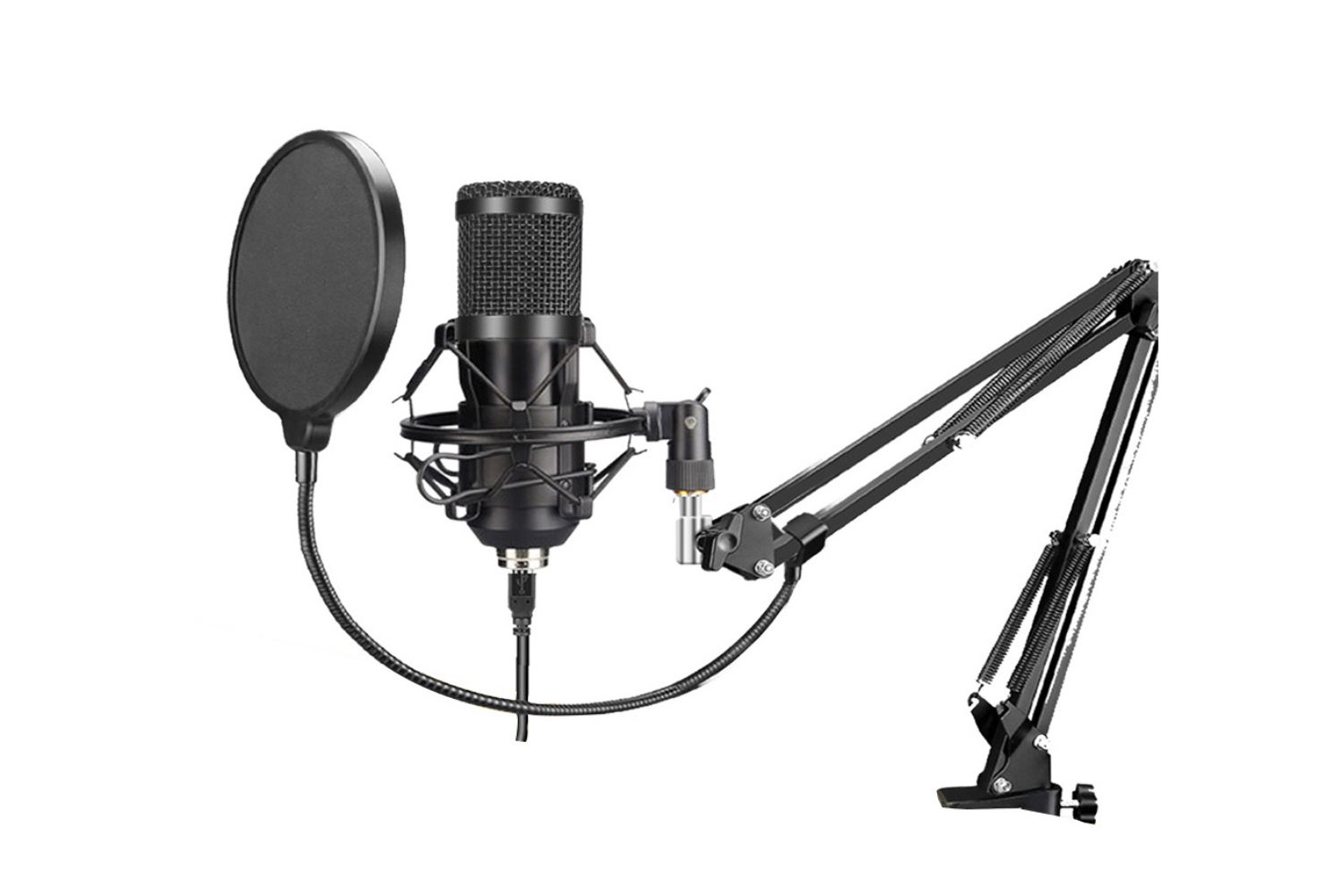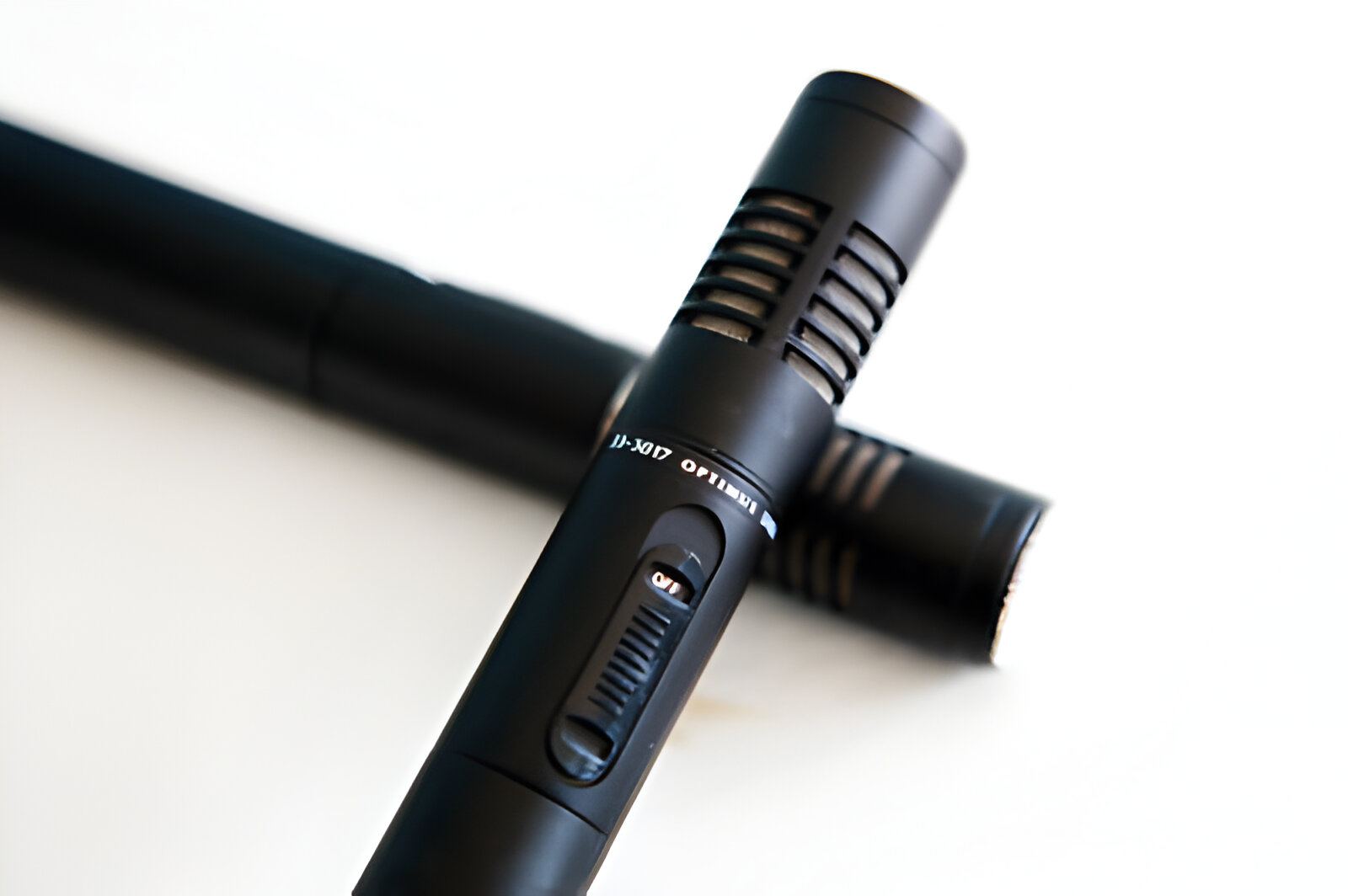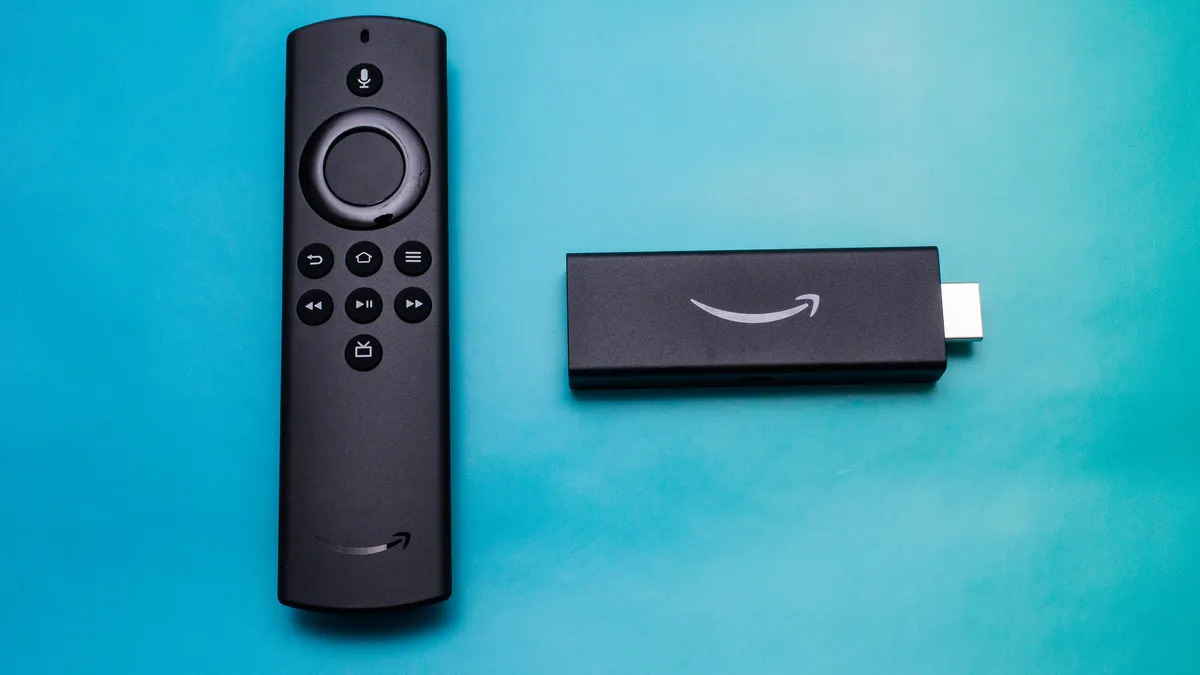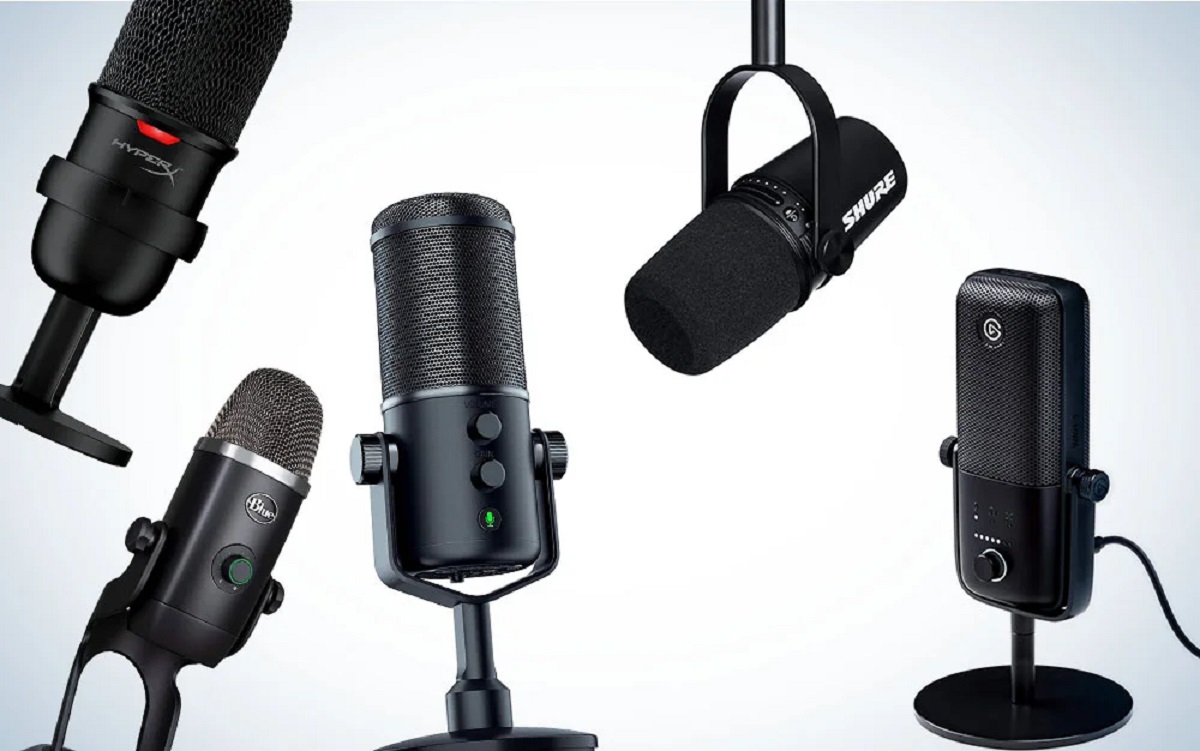Introduction
Understanding the Frustration
Condenser microphones are prized for their exceptional sensitivity and ability to capture detailed audio. However, dealing with the annoyance of a condenser microphone cutting out during a crucial recording session can be exasperating. Whether you're a professional sound engineer, a podcaster, a musician, or someone using a condenser microphone for online meetings or content creation, encountering this issue can disrupt your workflow and compromise the quality of your recordings.
Importance of Reliable Performance
The reliability of your condenser microphone is paramount, especially when capturing critical audio, such as vocals, instruments, or spoken content. The sudden interruption of sound can lead to missed moments, distorted recordings, or a loss of momentum during a performance or presentation. Understanding the potential causes behind this issue and implementing effective solutions is essential to ensure consistent and uninterrupted performance from your condenser microphone.
Exploring the Intricacies
In this article, we will delve into the common reasons why condenser microphones may experience intermittent cutouts and explore practical solutions to address this frustrating issue. By gaining insight into the underlying factors contributing to this problem, you can equip yourself with the knowledge needed to troubleshoot and resolve the cutting out of your condenser microphone effectively. Let's embark on a journey to uncover the intricacies of this issue and empower you to harness the full potential of your condenser microphone without the disruption of unexpected audio dropouts.
Common Causes of Cutting Out
1. Phantom Power Issues
One prevalent cause of a condenser microphone cutting out is related to phantom power. Condenser microphones require phantom power to function, typically supplied by an audio interface or mixing console. If the phantom power supply is inconsistent or insufficient, it can result in intermittent cutouts and disruptions in the microphone’s output. This issue may stem from a faulty cable, a malfunctioning power source, or inadequate voltage being supplied to the microphone.
2. Cable and Connection Problems
Another common culprit behind microphone cutouts is faulty cables or unstable connections. Over time, cables can wear out, leading to intermittent signal loss or disruptions. Additionally, loose or damaged connections between the microphone, audio interface, or other recording equipment can cause the microphone to cut out unexpectedly. It’s essential to inspect and, if necessary, replace cables and ensure secure connections to mitigate this issue.
3. Environmental Interference
Environmental factors can also contribute to microphone cutouts. Electromagnetic interference from nearby electronic devices, power sources, or wireless signals can disrupt the performance of a condenser microphone, leading to intermittent dropouts. Identifying and minimizing exposure to such interference can help prevent disruptions in the microphone’s output.
4. Internal Component Faults
Internal component faults within the condenser microphone itself, such as issues with the capsule, circuitry, or other electronic components, can lead to intermittent cutouts. These internal malfunctions may manifest as sudden drops in audio output or erratic behavior during recording or performance sessions. Professional inspection and repair may be necessary to address these internal issues effectively.
5. Power Source Instability
Inconsistent power sources or fluctuations in voltage can impact the performance of condenser microphones, leading to intermittent cutouts. Variations in power supply stability, especially in non-standard or fluctuating electrical environments, can result in disruptions in the microphone’s functionality. Stabilizing the power source or utilizing a reliable power conditioner can help mitigate this issue.
Understanding these common causes of condenser microphone cutouts is crucial in diagnosing and addressing the issue effectively. By recognizing the potential sources of disruption, you can take proactive measures to ensure the consistent and reliable performance of your condenser microphone.
Solutions for Cutting Out
1. Ensure Proper Phantom Power Supply
Verify that the phantom power supply to your condenser microphone is stable and meets the manufacturer’s specifications. Use a high-quality XLR cable to connect the microphone to the audio interface or mixing console, and ensure that the phantom power source is reliable and capable of delivering the required voltage. Address any issues with the power source or cables to prevent intermittent cutouts due to inadequate phantom power.
2. Check and Replace Faulty Cables
Regularly inspect the XLR cables used with your condenser microphone and replace any damaged or worn-out cables. Secure connections between the microphone, audio interface, and other equipment to minimize the risk of signal loss or disruptions. Utilize proper cable management techniques to prevent cable strain and maintain consistent signal transmission, reducing the likelihood of intermittent cutouts.
3. Minimize Environmental Interference
Identify potential sources of electromagnetic interference in your recording environment and take measures to minimize their impact on the condenser microphone. Position the microphone away from electronic devices, power cables, and other sources of interference. Consider using shielded cables and implementing grounding techniques to reduce the risk of environmental interference causing disruptive cutouts in the microphone’s output.
4. Professional Inspection and Maintenance
If internal component faults are suspected, seek professional inspection and maintenance for your condenser microphone. Experienced technicians can diagnose and address internal issues, such as capsule or circuitry malfunctions, ensuring the reliable performance of the microphone. Regular servicing and maintenance can help prevent unexpected cutouts and prolong the lifespan of your condenser microphone.
5. Stabilize the Power Source
Utilize a reliable power conditioner or stabilizer to ensure a consistent and stable power supply to your condenser microphone. This is particularly important in environments with fluctuating or non-standard electrical conditions. A stable power source can mitigate the risk of intermittent cutouts due to power fluctuations, enhancing the overall reliability of the microphone’s performance.
Implementing these solutions can help mitigate the common causes of condenser microphone cutouts, ensuring consistent and uninterrupted performance during recording, live sound reinforcement, or any other application requiring reliable audio capture.
Conclusion
Empowering Reliable Performance
Addressing the issue of a condenser microphone cutting out is essential to maintain the integrity and consistency of audio recordings and live performances. By understanding the common causes behind this problem and implementing effective solutions, you can empower your condenser microphone to deliver reliable and uninterrupted performance across various applications.
Enhanced Troubleshooting Abilities
Recognizing the impact of phantom power issues, cable and connection problems, environmental interference, internal component faults, and power source instability on microphone cutouts equips you with the knowledge needed to troubleshoot and resolve these issues proactively. Regular maintenance, thorough inspections, and thoughtful environmental considerations can contribute to the sustained functionality of your condenser microphone.
Optimized Recording Environments
Creating an optimized recording environment involves mitigating potential sources of interference, ensuring stable power supplies, and maintaining the integrity of audio connections. By implementing these measures, you can minimize the risk of disruptive cutouts and elevate the overall quality of your audio recordings and live sound reinforcement endeavors.
Uninterrupted Creative Expression
Ultimately, the goal of addressing condenser microphone cutouts is to facilitate uninterrupted creative expression and seamless audio capture. Whether you’re a musician, podcaster, content creator, or sound engineer, the reliability of your condenser microphone is instrumental in realizing your artistic vision and effectively communicating your message.
Embracing Consistency and Reliability
Embracing the importance of consistency and reliability in audio capture fosters an environment where the nuances of every vocal performance, musical expression, or spoken word are faithfully preserved without the disruption of unexpected cutouts. By implementing the solutions outlined in this article and staying attuned to the needs of your condenser microphone, you can cultivate an environment where uninterrupted, high-quality audio is the norm rather than the exception.
By leveraging the insights and solutions presented here, you can navigate the challenges of condenser microphone cutouts with confidence, ensuring that your audio endeavors are characterized by seamless, uninterrupted performance.

























